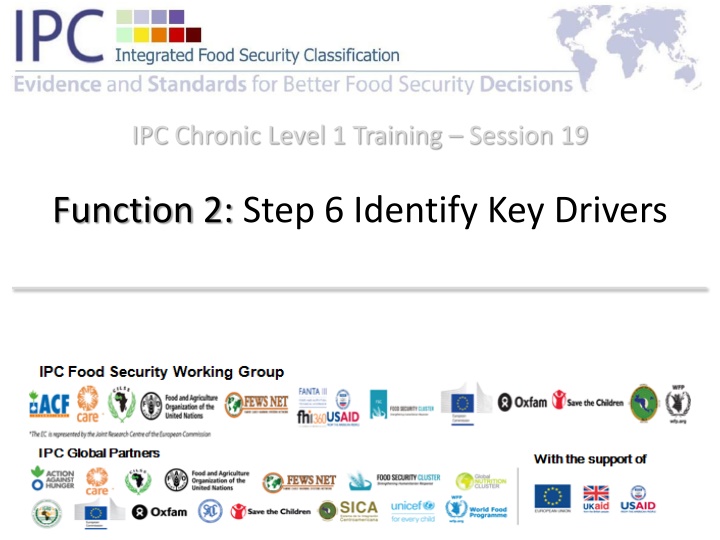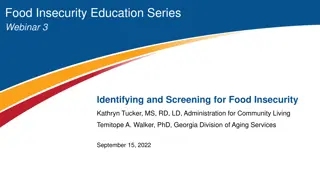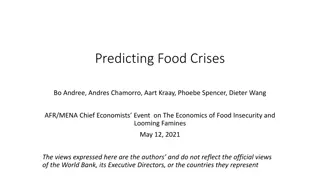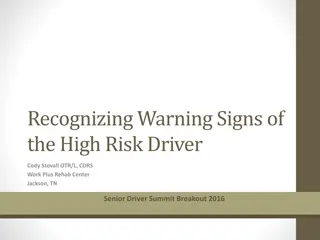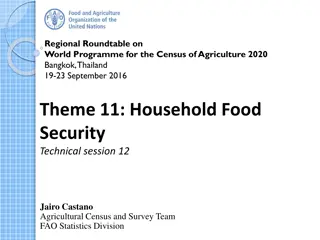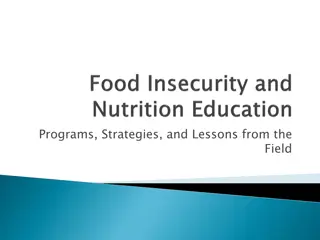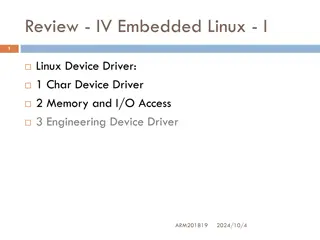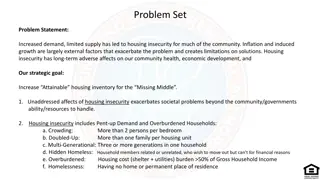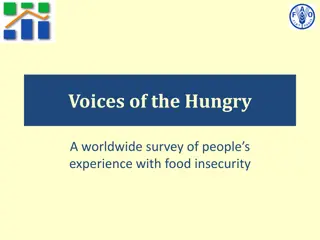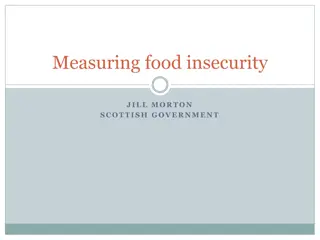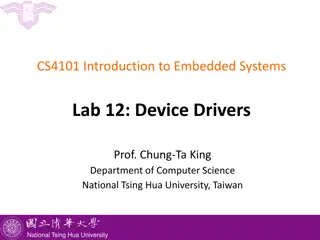Identify Key Drivers of Chronic Food Insecurity
This content covers Step 6 of the analysis process in identifying key drivers of chronic food insecurity. It emphasizes the importance of understanding and analyzing the key factors influencing food insecurity, providing insights for response analysis and decision-making. Analysts are instructed to select and describe three main drivers based on conducted analysis to be included in the IPC Chronic Analysis Report. Recommendations for separate analyses based on population groups are also highlighted.
Download Presentation

Please find below an Image/Link to download the presentation.
The content on the website is provided AS IS for your information and personal use only. It may not be sold, licensed, or shared on other websites without obtaining consent from the author.If you encounter any issues during the download, it is possible that the publisher has removed the file from their server.
You are allowed to download the files provided on this website for personal or commercial use, subject to the condition that they are used lawfully. All files are the property of their respective owners.
The content on the website is provided AS IS for your information and personal use only. It may not be sold, licensed, or shared on other websites without obtaining consent from the author.
E N D
Presentation Transcript
IPC Chronic Level 1 Training Session 19 Function 2: Step 6 Identify Key Drivers IPC Food Security Working Group IPC Global Partners
Learning Objectives Explain the importance of Identification of Key Drivers of Chronic Food Insecurity Complete Step 6 of the Analysis Worksheet 2
Step 6: Identify Key Drivers Importance of Step: To understand and analyse the key drivers of chronic food insecurity Relevance: Expected to provide information for response analysis and decision-making in itself not enough for detailed response analysis Tool: Analysis Worksheet Step 5.2
Analysis of Key Drivers based on analysis conducted in Step 4: Analysis of Livelihood strategies Livelihood capitals Policies, institutions and processes (PIPs) Recurrent/usual risks or usual stresses Unusual crises Mitigating factors In Step 4 it was determined to what extent each of these factors was a driver of chronic food insecurity 4
Step 6: Identify Key Drivers Analysts asked to select three main drivers based on analysis conducted in Step 4, and to add a brief description for each driver analysis conducted in Step 4 can be reviewed and revised 5
Step 6: Identify Key Drivers Based on the analysis conducted, most important drivers will be highlighted to decision- makers and are included in IPC Chronic Analysis Report (together with key drivers from other areas) 6
Step 6: Identify Key Drivers Analysis done based specifically on the most severe population group meeting the 20% threshold during NECs However, it is also recommended to do separate analysis for all population groups in Levels 2, 3 or 4 For example, if area was classified as Level 2, it is recommended to do separate analyses also for populations in Levels 3 and 4 even if there are not a lot of them 7
Wrap-up Do you feel you can .? Explain the importance of Identifying Key Drivers of Chronic Food Insecurity? Utilize Step 6 of the Analysis Worksheet? 8
